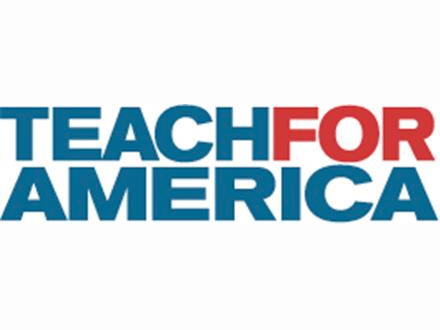
Teach for America: Evaluating impact
Video by Teach for America
Knight Foundation made a $6 million grant to Teach for America in 2009 to support their work in Miami-Dade Public Schools to help close the achievement gap in the county’s highest-need schools. The grant was also designed to answer a key question: Do students who are taught by Teach for America teachers demonstrate persistent academic growth and performance over time?
The grant supported an approach that concentrated the placement of Teach for America teachers in three side-by-side school feeder patterns, the school paths students follow as they move from one level to the next. This “clustering strategy” was designed to account for high moving rates in these high-poverty schools, where nearly 90 percent of students qualify for free or reduced-price lunch, and better address the question of student academic performance over time. The strategy also enabled “laddering” by which students would be more likely to experience multiple Teach for America instructors over time.
Today, American Institutes for Research released its interim report highlighting preliminary findings from its evaluation of the Teach for America clustering strategy in Miami. The final report will more fully explore the program’s impact on long-term learning, but this early assessment provides interesting insights. Some of the key findings include:
• The concentration of Teach for America instructors dramatically increased in feeder pattern schools. Before the strategy was introduced there was an average of slightly less than two instructors in each placement school. Under the strategy that number increased to 10.
• Teach for America math teachers significantly outperformed their peers, with students taught by Teach for America teachers experiencing the equivalent of more than three months of additional learning in math compared to students taught math by other teachers in these schools. This led to large gains in math achievement in the three feeder pattern schools.
• No major difference in the growth of reading skills was apparent between students taught by Teach for America teachers and others. The study affirms findings from prior research demonstrating Teach for America’s positive impact on math skills and no statistically significant impact in reading.
• There is no evidence of spillover effects on student achievement produced by concentrating Teach for America teachers in a limited set of schools. The study will further examine spillover effects using other metrics including retention rates of Teach for America corps members.
Importantly, this evaluation marks the first attempt to look at the impact of Teach for America clustering strategy on maintaining gains in student achievement. It is too early to draw firm conclusions about Teach for America’s transformational power under this strategy, but these findings provide a solid foundation for further exploration.
Jonathan Sotsky is director of strategy and assessment at Knight Foundation.
Recent Content
-
Community Impactarticle ·
-
Community Impactarticle ·
-
Community Impactarticle ·


